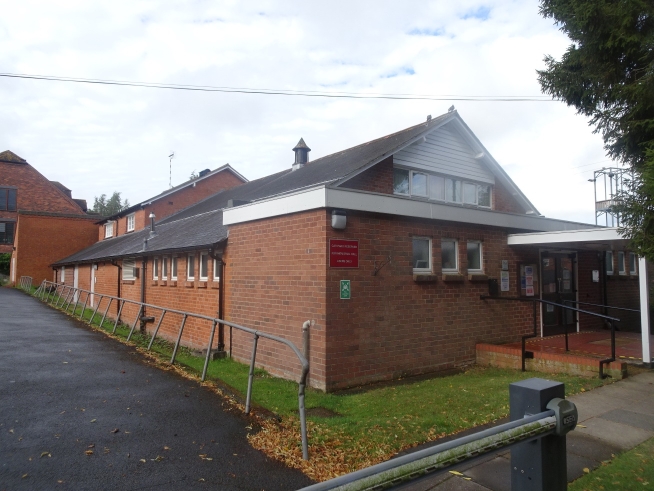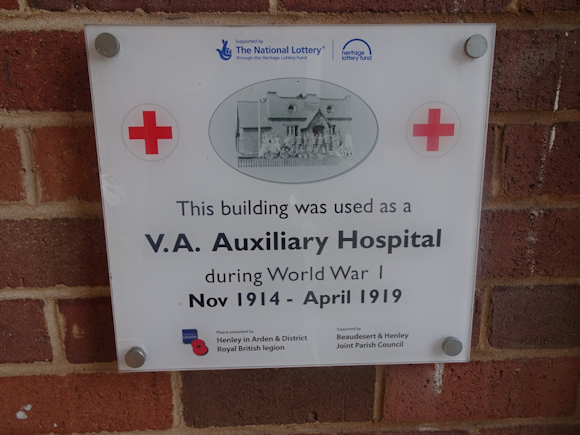Historical information - route section 5
![]() Back to Historical information overview
Back to Historical information overview
![]() Download as pdf file
Download as pdf file
Section 5: Tanworth-in-Arden to Henley-in-Arden
The benches in front of the church are a memorial to Frederick Sanger, who was born at Rendcombe in Gloucestershire but moved to Tanworth at the age of five, and spent the rest of his childhood here; his father, also Dr Frederick Sanger, was one of the original trustees of the village hall, referred to as the village “physician and surgeon” in a report of its opening. The younger Dr Sanger is one of a select few individuals to win two Nobel Prizes: both of his were for Chemistry - in 1958 for his work on determining the structure of proteins, then again in 1980 for determining base sequences of nucleic acids. The previous members of the club were John Bardeen (Physics twice), Marie Curie (Physics and Chemistry) and Linus Pauling (Chemistry and Peace); they have recently been joined by Barry Sharpless, who emulated Sanger’s feat by winning the Chemistry prize in 2001 and 2022 – rendering the inscription on the bench out of date. The 1903 Physics prize was initially to have been made to Henri Becquerel and Pierre Curie only - but when Pierre heard of the Nobel Committee’s intentions, he informed them that Marie had played an equal role in the research and should also be recognised in the award; the committee accepted his request, making her the first female Nobel laureate. Her Chemistry prize was also for work done jointly with Pierre, but it was only made in 1911 – depriving Pierre of the chance to join his wife as a double laureate, since he had been killed in a road accident five years earlier and Nobels are not awarded posthumously.


To the left of the village green stands the Bell Inn – run for 36 years by “Gentleman” Jack Hood, British welterweight boxing champion in 1926 and 1933 – when he also became European champion after his opponent, Adrien Anneet of Belgium, was disqualified for low blows. Hood’s title belt used to hang above the bar, until being sold by his daughters in 2011.
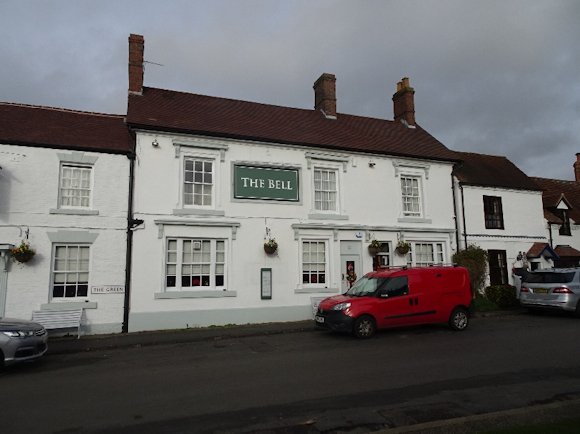
We pass the church of St Mary Magdalene. The first chapel on this site is mentioned in the twelfth century, and by 1202 it was an independent parish church. Most of the present building dates from the late thirteenth and early fourteenth centuries. It was first restored in 1880; improvements were made in 2021-22 and there are ongoing plans for further work. Philip Wren, grandson of Sir Christopher of St Paul’s Cathedral fame, was once vicar here. Nick Drake’s grave is in the churchyard, as is that of Mike Hailwood and his daughter Michelle. Hailwood won nine motorcycle world championships, 76 Grand Prix races and 14 Isle of Man TT titles, and also competed – albeit with little success – in Formula 1. They were both killed in 1981, two years after his last race, when their car was hit by a lorry; he was 40, Michelle only nine.
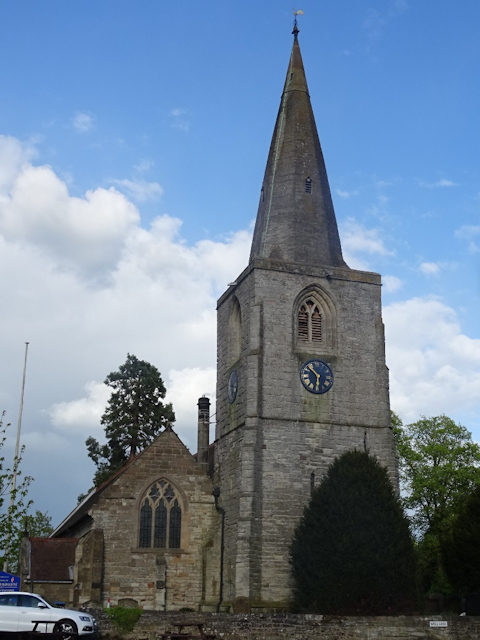
The housing development to the left of the footpath out of the village is the site of Cank Farm – formerly owned by Andrew Hoseason, the benefactor of the village hall.
The path descends parallel to the road to reach Forde Hall. There was a medieval manor here, granted to Roger de la Forde in 1282 and held by the Fullwood family in the sixteenth century. The building has mostly been modernised, but part of an early seventeenth century timber-framed house remains.
A short distance off the route here is Danzey station, whose position is something of an anomaly since Danzey itself is a tiny hamlet with only a handful of houses and farms; it was really intended to serve Tanworth, and was originally called “Danzey for Tanworth”. A windmill operated in Danzey from 1830 until 1874, when it was damaged in a storm and not repaired. In 1969 it was dismantled, moved to the Avoncroft Museum of Historic Buildings near Bromsgrove, reassembled and restored.
After crossing a brook, we enter Mockley Wood – one of the few remaining parts of the ancient Forest of Arden. The area known as Arden covered roughly the northwestern half of modern-day Warwickshire, all of Coventry and Birmingham, and parts of Staffordshire and Worcestershire. It was bounded by four Roman roads, but none ran through it due to the difficulty of building them through the thick forest (primarily oak) which covered the area at the time. Deforestation had begun even before the medieval period – the Domesday Book in 1086 recorded that only 35% of it was woodland then – and has continued since. Today only small pockets of woodland remain, but in 2003 Felix Dennis established the Heart of England Forest charity aiming to replant the original forest; when Dennis died in 2014 he bequeathed the majority of his estate to the charity to enable the work to continue, and it has now planted more than two million trees.
Thorkell (or Turchil) of Arden was the main local landowner at the time of the Norman Conquest, and through him the name of the area was adopted as a surname; the Arden family remained prominent in the area until the seventeenth century and included Mary Arden, the mother of William Shakespeare (who set As You Like It in the forest). The variant spelling “Ardern” is sometimes also used, making it likely that the recently resigned Prime Minister of New Zealand had ancestry in Warwickshire.
Mockley Wood itself was owned by HC Knight, the vicar of Henley, in the early twentieth century, and was auctioned off after his death in 1938; it was noted that the wood had over 400 large and 2000 smaller oak trees, with sporting rights let to the North Warwickshire Hunt.
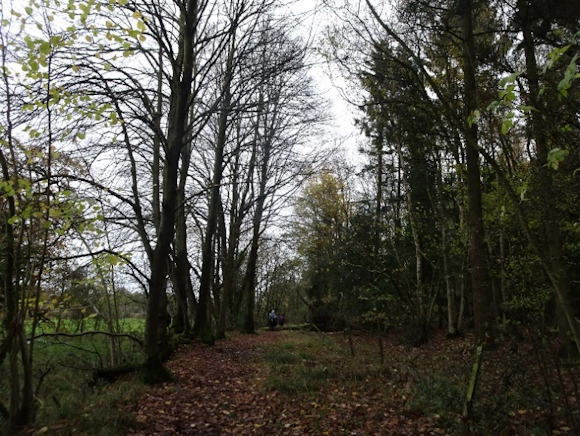
A section on roads takes us to the village of Ullenhall, recorded as “Holehale” in the Domesday Book; previously held by a Saxon nobleman named Waga, it was one of 131 manors given to Robert de Stafford (previously Robert de Tosny) by William the Conqueror as a reward for his support at the Battle of Hastings. The village became part of the Barrells Hall estate, first mentioned in 1405; in 1554 it was purchased by Robert Knight of Beoley, and remained in his family for more than 300 years. Its Wikipedia article appears to have been the target of vandalism, with no citations given for the claims that “Ullenhall’s recent history has seen it become the home of the slowest pint drinker in history” and “Greta Thunberg’s best mate also lives in Ullenhall”.
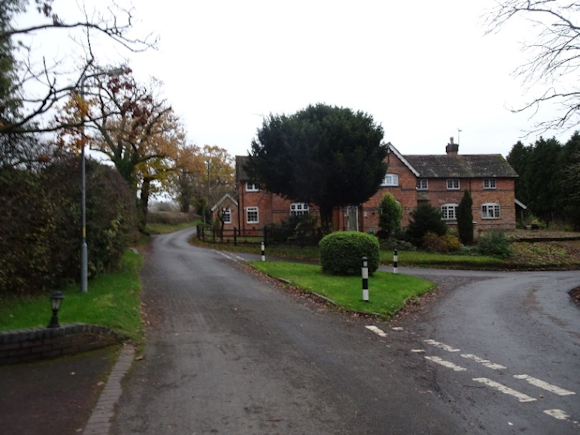
The Chapel of St Mary is a short detour from the event route. It was originally the main church of the village, but in 1875 was considered dangerous and the new church of the same dedication built to replace it. The nave of the old St Mary’s was taken down, and the chancel repaired at a cost of £388 12s 2d to serve as a mortuary chapel; the money was raised by selling lithographs of it. The dismantling of the nave revealed the remains of an earlier (twelfth/thirteenth century) church on the site. It was restored in 1962, but the bell had ceased working so the only way to “ring in” the millennium was to throw golf balls at it; further restoration work in 2003 included retiling the roof, taking the windows out for cleaning and rehanging the bell (in the course of which the golf balls were retrieved).
Back on the route, we cross the course of Henley-in-Arden Golf and Country Club – founded in 1993 as Crocketts Manor Golf and Country Club, it adopted the name of the town following a sale in 1998. Still active when we started planning the EBB100, it became a victim of Covid-19 and was forced to close in 2020, so there is now no risk of being hit by flying golf balls; instead sheep graze on what were until recently the fairways.
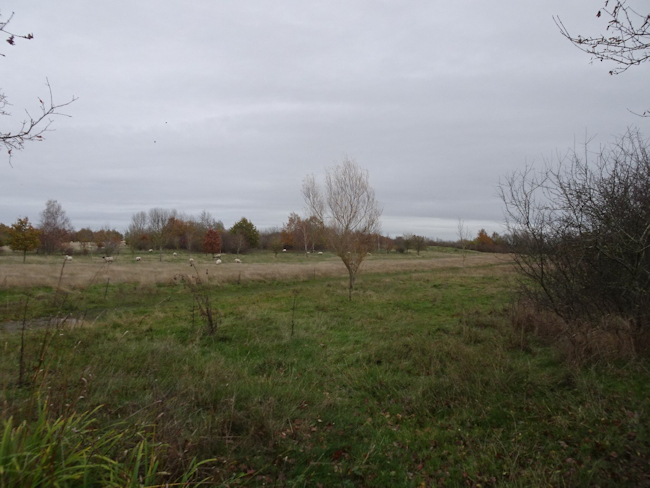
The railway bridge which we pass under after leaving the golf course carries the North Warwickshire Line – a misnomer, since it actually passes through south Warwickshire; the name derives from the North Warwickshire Hunt which owned rights in the area. The line was first proposed in 1895, but construction was delayed due to difficulties in raising funds for it; eventually begun in 1905, it opened to goods traffic in 1907, and passengers the following year - initially running from Birmingham to Cheltenham. The section of the line between Tyseley and Bearley Junctions was listed for closure in the Beeching Axe, but local protest took the matter to the High Court in 1969, where an injunction was issued to keep it open – although the number of services was reduced. No passenger trains ran on the southern section of the line after 1969; it was initially kept open for freight but closed completely in 1976 after damage caused by a derailment. The new terminus at Stratford gave rise to the name “Shakespeare Line”, under which it is now promoted; the remainder of the track was taken up within a few years of its closure, and the section immediately south of Stratford station is now a cycle/footpath. In 1984 British Rail planned to close a shorter section south of Henley and applied to have the injunction overturned, but again met with local opposition and eventually withdrew the application.
The checkpoint venue, originally called the Public Hall, was built in 1908 and opened on New Year’s Eve that year by the High Bailiff and the Lord Lieutenant of Warwickshire; it was intended as a working men’s club for entertainment and meetings, and also had a rifle club, reading room and billiard room. During World War One it became an auxiliary hospital, now commemorated with a plaque beside the front doors. In peacetime it was returned to civilian use; it was bought by the town in 1947 and renamed the Memorial Hall.
